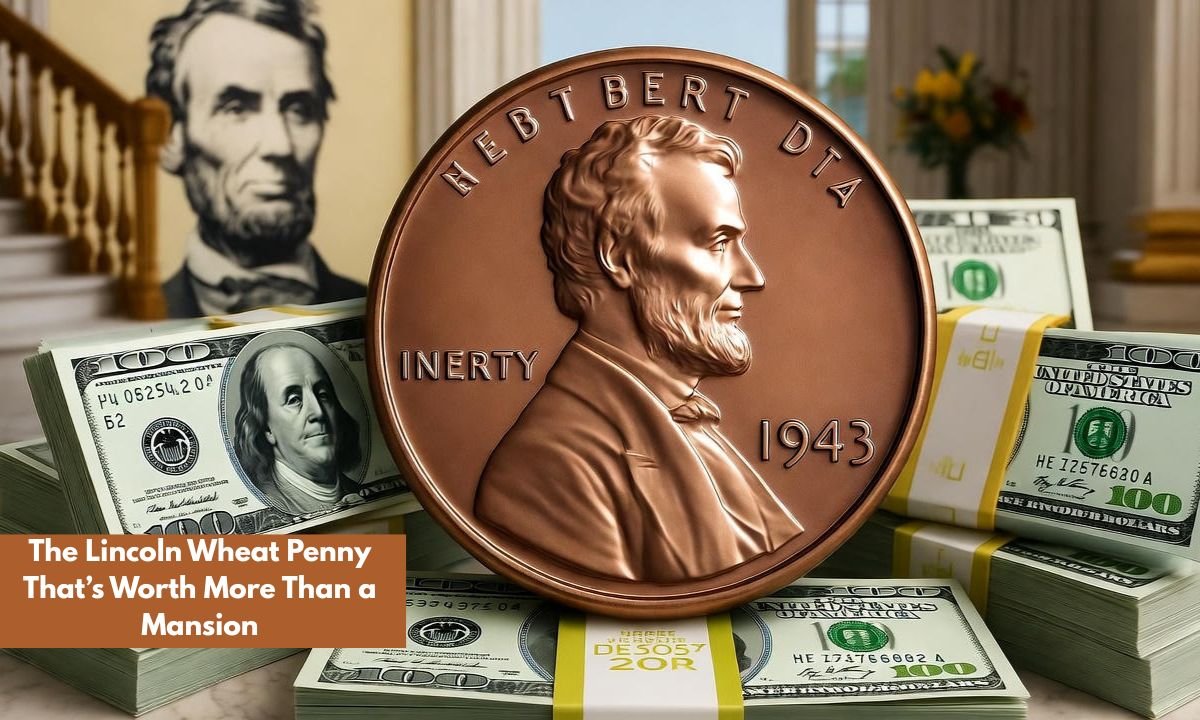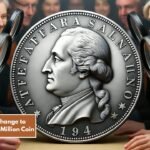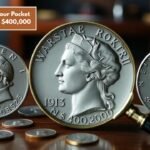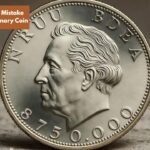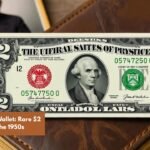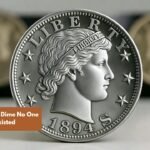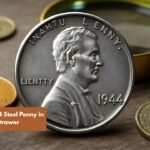Did you know that a simple old penny could be worth more than a luxury mansion? Sounds crazy, right? But it’s true. Some Lincoln Wheat Pennies have sold for hundreds of thousands, even millions of dollars. These tiny copper coins, once used to buy candy or gum, are now treasures in the world of coin collectors. Let’s dive into why one of these pennies can be worth a fortune and what makes it so special.
The Story Behind the Lincoln Wheat Penny
The Lincoln Wheat Penny was first minted in 1909 to celebrate the 100th birthday of President Abraham Lincoln. It was the first U.S. coin to feature a real person — a big deal at that time! The front shows Lincoln’s face, while the back has two wheat stalks, which gave it the nickname “Wheat Penny.”
These pennies were made mostly of copper, but over the years, a few rare mistakes and unique versions slipped through the cracks. And that’s where the magic — and money — come in.
The Rare 1943 Copper Wheat Penny
One of the most valuable pennies ever made is the 1943 Copper Lincoln Wheat Penny. During World War II, the U.S. Mint switched from copper to steel to save copper for war supplies. So, all pennies in 1943 were supposed to be made of steel.
But a few copper blanks accidentally got mixed in and were struck with the 1943 design. Only a handful of these copper pennies exist today. Because of this tiny mistake, a single 1943 copper penny has sold for more than a million dollars at auction. Imagine finding one in your change — it’s like winning the lottery!
Why It’s Worth So Much
So, what makes these pennies so valuable? It’s a mix of rarity, history, and demand. Rare coins are like hidden gems. When there are only a few in existence, collectors are willing to pay big money to own one. Add the fact that it’s tied to Abraham Lincoln and World War II, and the value skyrockets.
It’s not just about the material. It’s about the story — the accident that turned a common coin into a collector’s dream. Think of it like owning a piece of history that almost never should have existed.
How to Spot a Rare Wheat Penny
If you’ve got a jar of old coins lying around, it might be worth checking! Start by looking at the date. The 1943 copper penny is the big one, but other years can also bring in good money, especially if they have errors or are in perfect condition.
A few tips:
- Look for older dates like 1909, 1914, or 1922.
- Check if the “S” or “D” mint mark (below the date) is missing or looks unusual.
- Use a magnet — real 1943 copper pennies won’t stick since copper isn’t magnetic, but the steel ones will.
You might not find a million-dollar penny, but some can still be worth hundreds or thousands.
Why Collectors Love the Lincoln Wheat Penny
Collectors love the Lincoln Wheat Penny not just for its value but also for its charm. It’s small, historic, and beautifully simple. It connects us to a time long gone — the early 1900s, when life was different, and every penny counted.
Each coin tells a story. Who held it? What was it used to buy? That mystery adds a layer of fascination that goes beyond money.
Conclusion
The Lincoln Wheat Penny isn’t just a piece of metal — it’s a piece of American history. From its humble beginnings to its rare million-dollar versions, this little coin has proven that even something small can hold great value. So next time you come across an old penny, don’t just toss it aside. You never know — you might be holding a fortune in your hand.
FAQs
What makes the 1943 Wheat Penny so valuable?
It’s valuable because it was made of copper by mistake when most 1943 pennies were made of steel.
How can I tell if my 1943 penny is copper or steel?
Use a magnet! A real 1943 copper penny won’t stick to it, but a steel one will.
Are all old Lincoln Wheat Pennies valuable?
Not all, but some rare ones or those with minting errors can be worth a lot.
Where can I sell a rare penny?
You can sell it at coin shows, auction houses, or through certified coin dealers.
What years should I look for in Wheat Pennies?
Keep an eye on 1909-S VDB, 1914-D, 1922 (no D), and 1943 copper — they’re among the rarest
